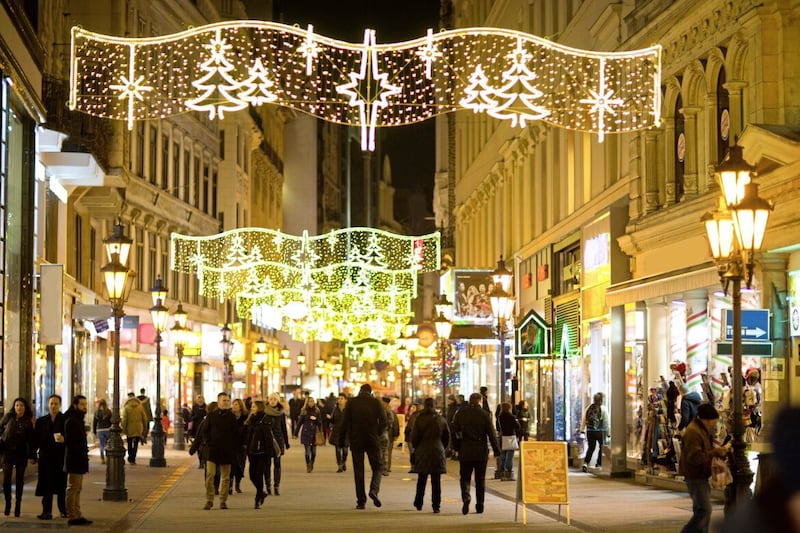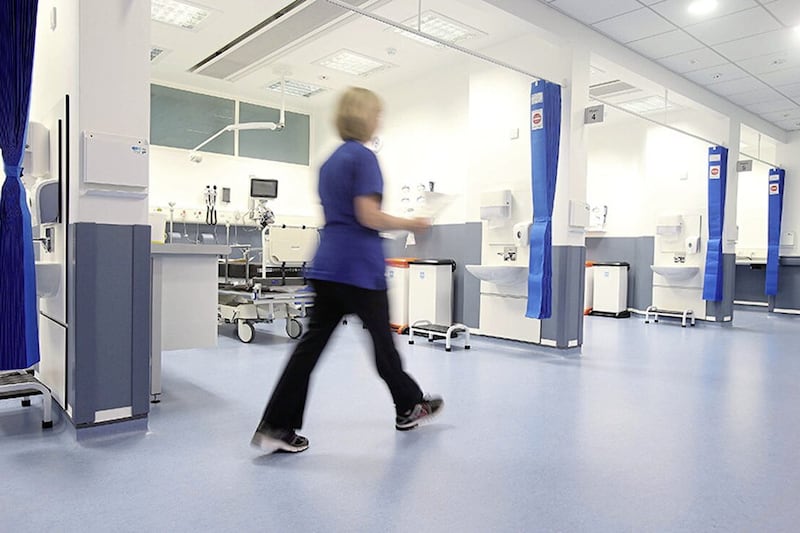IT'S a classic cliché in business to get carried away on the big new shiny idea and then point at each other in a confused state with panicked refrains of ‘I thought you were doing that’ when the most obvious missing ingredient is pointed out.
It makes for great entertainment when it is a group of wannabes on The Apprentice but when it is happening in our capital city, it is hard to see a funny side.
This, I fear, is where we have got to in Belfast City Centre. It is a confused picture, with the Council, NI Executive Departments, Business Improvement Districts and others all playing a role in how the city functions.
All these organisations share a desire to see Belfast thrive, and there is no denying that the city is bristling with potential – the city deal, bolder vision, city centre living plans, culture plans, tourism recovery plans – all think of ways to improve the place, and I’ve no doubt there is already a team with a strategy working towards achieving this.
However, in the excitement of pursuing the potential gains these initiatives could bring (and they could be significant), I have to wonder if we have lost sight of the basics?
The city centre is filthy. I am not alone in thinking this. Almost two-thirds of respondents to a recent Belfast Chamber survey rated city centre cleanliness as very poor or poor. Seven in ten noted that it is worse than before the pandemic.
When it comes to safety, only 20 per cent of Belfast Chamber’s survey respondents considered the city centre to be safe or very safe for staff, customers, visitors etc.
What is particularly concerning is that when respondents were asked were they satisfied with the response received if they had engaged with the police or with council about antisocial behaviour etc, 60 per cent were not.
It is obvious from walking around the city centre these days that a clean-up is required. The streets are dirtier than usual, graffiti is worse and, as some tourists remarked to me recently, ‘there is an edge to the place again’. Worrying. These things matter.
Much of the city’s ambition centres on attracting investors, students, tourists and new residents - so perception matters.
A lot of money is spent on what we call ‘place branding’ and ‘place marketing’. A strong place brand helps a place compete in the global marketplace.
All those tourists and new inward investments that Belfast has been attracting for well over a decade have been hard won through massive efforts to rebuild the city’s reputation and to provide them with reasons to come here.
Those visitors and investors could have gone to so many other places, and we won them over.
Believe it or not, litter etc can undo all that effort. A Journal of Marketing Management report in 2015 found that litter affects people’s perceptions of place in a negative manner, and in this sense, rubbish can be seen as a form of anti-place marketing.
If litter (and by inference, other issues such as graffiti and unwashed footpaths) is allowed to build up, as it has in Belfast, this impacts negatively on visitor and resident attitudes.
At the very least, this suggests it is irresponsible to look at place marketing without taking into account more basic aspects of place management such as cleaning litter up. At most, it may even suggest that a place marketing budget might be better spent employing more people to clean. Now there’s a thought.
It’s time to get back to basics on delivering services across the city.
Our towns and city centres have taken a battering during the pandemic and the road back to vibrancy is not certain as we grapple with new issues such as hybrid working.
As the Executive’s High Street Task Force report and recommendations noted in March this year, “Our towns and villages need to regain and then retain their vibrancy, purpose and sense of place. High streets of the future should be safe and attractive gathering points for whole communities, where people can live, work, shop, learn, do business, use public services and enjoy their leisure time… Significant intervention will be required to help our towns and villages.”
It is hard to disagree with any of that. While ‘significant intervention’ would be welcome, there is no indication of what it looks like or from where it comes.
We know that for all Belfast’s impressive regeneration over the past 20 years, a sizeable city centre population is the elusive missing ingredient in completing Belfast’s rebirth.
As our recent research with Belfast Chamber found, if our city achieves the council’s Belfast Agenda target of 11,500 residential units in our city centre by 2030, the prize is an additional spend in our economy of £165.9m per year.
This would greatly assist retail, hospitality and leisure businesses located in the city centre. The bigger prize is that achieving these population aims could eliminate 4,090 tonnes per annum of CO2 as a result of fewer commutes, the same as planting roughly 205,000 trees a year.
There is no doubt about the opportunity that awaits Belfast. It would be a shame to miss out because we couldn’t clean up our act.
Andrew Webb is chief economist at Grant Thornton








